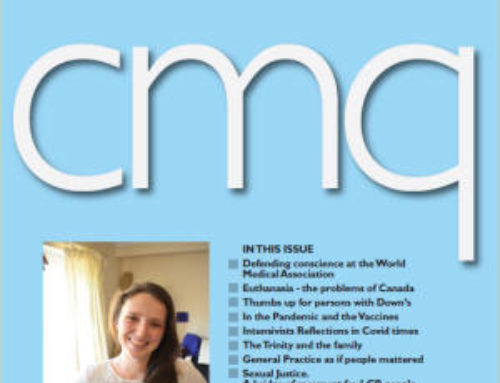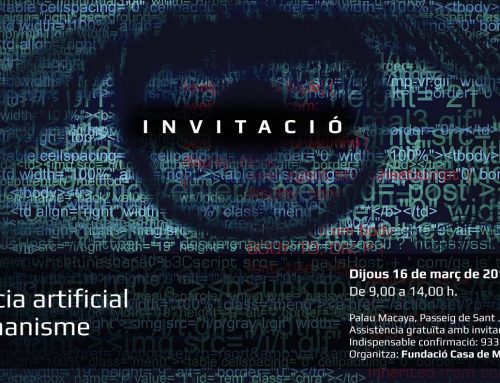Induced pluripotent cells earn Nobel Honor; Kyoto Scientists obtained egg cells from reprogrammed Skin cells
Dr. Edith Breburda
Two scientists did win the Nobel Prize in medicine for their groundbreaking discovery. Skin cells where genetically reprogrammed to an embryonic stem cell like state, called induced pluripotent stem cells (iPSCs). Pluripotent stem cells, either embryonic or induced, are of the greatest interest to the scientific community. The awarded research reflects the tools behind cloning and gives an alternative to the use of embryonic stem cells. People claimed that the process is not morally tainted, because embryos are not destroyed any more. They even assume that embryonic stem cell research will soon be largely put out of business.
In 2007 Yamanaka and UW-Madison Scientist James Thomson announced their separate discoveries of reprogrammed human skin cells at the same time, leading some to wonder if both might win the Nobel Prize. “Yamanaka made his discovery in mouse cells the year before. Scientific procedure goes with him,” told Thomson the Wisconsin State Journal in 2008. In 2007, immediately after the discovery both scientists warned to be to euphoric. While induced pluripotent stem cells are of great interest, human embryonic stem cells remain the gold standard, even so human egg cells are difficult to obtain.
On October 4, 2012 the journal Science reported about scientists from Kyoto University in Japan who created viable eggs from skin cells in mice. Previously the same group conducted a study with male mouse cells that led to sperm. The team used the same method that earned Nobel Honor. Mouse skin cells were turned into eggs that produced baby mice. Immediately it was speculated that if the technique could be applied successfully in humans, woman could stop worrying about the ticking of their biological clocks and perhaps even helps couples to create “designer babies”. Experts are speaking about millions of women who don’t have working eggs on their own, because of medical conditions, cancer treatment or due to aging. Hank Greely, a Stanford University law professor who studies the implication of biomedical technologies said: “It could mean the reproductive clock doesn’t tick anymore.” He speculated that: “in 20-40 years the technique might make couples more likely to go through test-tube fertilization just so they could choose characteristics of their babies. Donating skin cells to make eggs is a lot easier than going through the medical and surgical procedure of having one’s own eggs harvested, which is what some women do now. In the future couples could create eggs and then have the resulting embryos analyzed genetically. Then they could choose which embryos they wish to have implanted on the basis of that analysis, which by that date might be able to indicate not only disease risk but also a variety of normal traits such as eye color or propensity for talents”, he said.
Katsuhiko Hayashi the co-author of the study explains that: “the method is to cumbersome to be adapted directly for human use. Biological differences between mice and people would have to be overcome before some version of the technique could be applied to women. The method is to insufficient. Even so starting with an adult’s cell might work.” (M. Ritter, Scientists create viable eggs from skin cells, Associated press, October 5, 2012).
Reprogramming means to turn back the clock of an adult stem cell. Cells mature from their pluripotent state into all 220 specialized cell types of the body. Scientists thought that maturation is an irreversible process. In 1962 John Gurdon of the Gurdon Institute in Cambridge England proved that a cell from a fog’s stomach contained the entire blueprint to make a new frog. He placed the adult cells nucleus into a denucleated frog egg and a normal frog developed. It took until 1997 until the same process lead to the cloning of Dolly the sheep. The question remains, can a specialized cell reprograms itself on its own? Yamanaka was the first one who demonstrated that four genes are required to turn a mouse skin cell into the flexible state they have in an early embryo.
Currently the major goal for stem cell researchers is to achieve and control directed differentiation of pluripotent stem cells into specific kinds of cells. (See also: Promises of New Biotechnologies, E Breburda 2011, ISBN-13: 978-0615548289, 0615548288)
The Japanese scientists who wanted to obtain egg cells from induced pluripotent stem cells, mixed the iPSCs cells with mouse ovarian cells and implanted them into mice. Four weeks later they collected immature eggs, matured and fertilized them in the laboratory. The mice embryos were placed into a surrogate mother rodent who gave birth to three pups, which grew into fertile adults.
Hurdles are big. Scientist David Albertini from Kansas University, who studies the development of eggs is skeptical about ever using the approach in people. Scientists would have to learn how women form eggs, which is largely a mystery (M. Ritter, Associated Press, 5. October 2012.
http://www.fiamc.org/bioethics/stem-cells/










Leave A Comment
You must be logged in to post a comment.